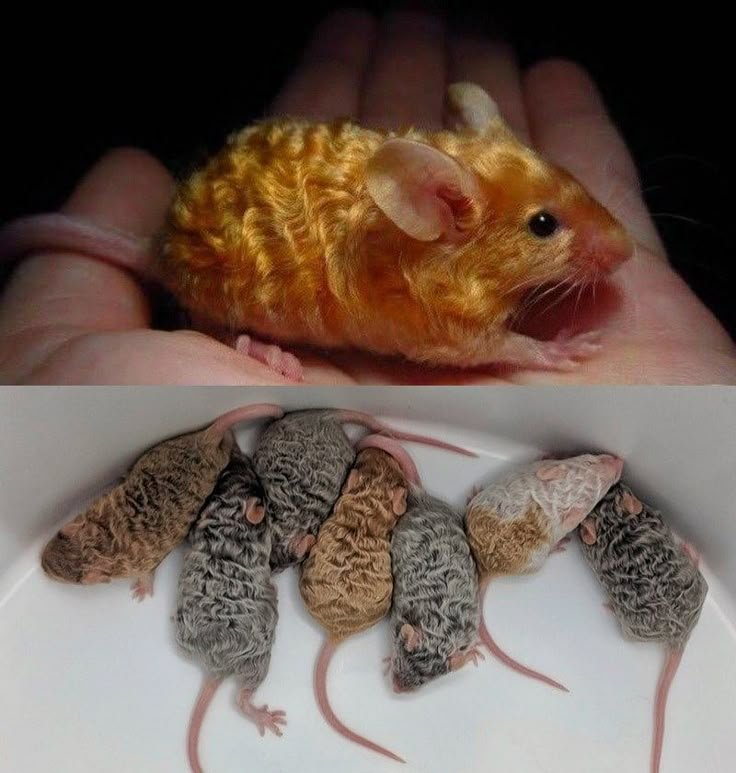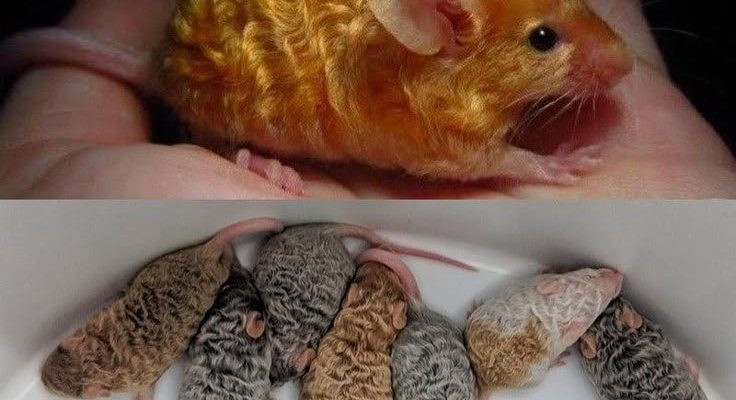
Choosing the right pet mouse isn’t just about looks—it’s also about temperament, care requirements, and overall health. Think of it like picking a fruit at the market; some have a tangy taste, while others are sweet, and each has its own unique benefits. So, let’s dive into the world of satin mice and see how they compare to the other popular varieties out there!
What Are Satin Mice?
Satin mice are a unique variety known for their stunning, shiny coats that have a soft, almost velvety texture. This special fur is due to a genetic mutation that affects their hair shaft, giving it that glossy finish. With their mesmerizing colors, satin mice come in various shades and patterns, making them visually appealing. They can range from the classic agouti to striking blues and even albinos.
But what really sets satin mice apart is not just their looks. Many owners rave about their charming personalities. Satin mice tend to be social and curious, often seeking out attention from their human companions. This can make interactions delightful, as they often enjoy being handled and cuddled. In terms of size, satin mice are similar to other pet mouse varieties, usually weighing around 25 to 40 grams.
How Do Satin Mice Compare to Fancy Mice?
When comparing satin mice to fancy mice, one key difference is in their fur texture. While fancy mice can have varied coat types—like smooth or ruffled—satin mice always boast that beautiful sheen. However, fancy mice offer a wider range of colors and patterns, thanks to extensive breeding. From adorable piebalds to mesmerizing Himalayan patterns, the variety is endless!
Another factor is temperament. Fancy mice are also known for their friendly demeanor, much like satin mice. Both varieties thrive on social interaction and can become loving pets with the right care. However, fancy mice might be a bit more adaptable to various environments, making them a solid choice for first-time owners.
One area where satin mice really shine is health. Satin mice tend to have fewer genetic issues related to coat types, whereas some fancy mice might suffer from problems like skin conditions due to their specific hair types. So, if you’re considering a pet mouse but are worried about health issues, satin mice could be a safer bet.
Health Considerations for Satin Mice
Like all pets, satin mice have specific health considerations to keep in mind. Their unique fur might require a little extra care to prevent issues such as overheating. This is especially true in warmer climates, as satin mice can be more sensitive to heat compared to their furrier counterparts. Keeping their habitat well-ventilated and providing plenty of fresh water is essential.
Satin mice can also be prone to certain health issues, such as tumors. Regular vet visits can help catch problems early on. Observing their behavior and keeping an eye on their eating habits is important, too. If you notice any sudden changes—like lethargy or loss of appetite—don’t hesitate to consult a vet.
It’s also good to know that satin mice have a lifespan similar to other pet mice, typically living around 2 to 3 years. With proper care, including a balanced diet and a clean living environment, you can help ensure they thrive during this time.
Comparing Satin Mice to Dwarf Mice
Dwarf mice, often called Campbell’s or winter white mice, are much smaller than satin and fancy mice. Their petite size gives them a cute, cuddly look, but it also means they have distinct care needs. Satin mice are generally easier to handle due to their larger size, while dwarf mice can be a bit more skittish.
In terms of social behavior, both satin and dwarf mice can be friendly. Satin mice are often more outgoing and enjoy interacting with their owners, while dwarf mice may take a little longer to warm up. If you’re looking for an affectionate companion, satin mice might have the edge here—but patience can lead to a rewarding bond with dwarf mice too.
Dwarf mice also tend to have different dietary needs. Because of their size, they require smaller portions, and it’s essential to monitor their eating to ensure they don’t overeat, which can lead to health issues. In contrast, satin mice typically have a more straightforward feeding regimen.
Housing and Care for Satin Mice
Creating an ideal habitat is crucial for any pet mouse, but satin mice have some specific needs to keep them happy and healthy. Start with a spacious cage, as these little critters love to explore. A setup with multiple levels, tunnels, and plenty of bedding will keep them entertained.
Ensure the cage is well-ventilated, and avoid placing it in direct sunlight or overly hot areas. Satin mice can be sensitive to extreme temperatures, so maintaining a comfortable environment is key.
Diet is another important aspect of their care. A balanced diet includes high-quality mouse pellets, fresh fruits, and veggies in moderation. You might be wondering if you can give them treats—absolutely! Just be cautious with sugary snacks, as too much sugar can lead to health problems.
Socialization: Why It Matters
Socialization is critical for satin mice, as it helps them develop into friendly, well-adjusted pets. Spending time with your mouse daily will help build trust and strengthen your bond. When you first bring your satin mouse home, give them time to adjust. It may take a few days for them to feel comfortable. Slowly introduce your hands into the cage, allowing them to sniff and explore at their own pace.
Playtime outside of their cage is also important. Just make sure the area is safe, and supervise them to prevent any escapes. You might find your satin mouse enjoys running through tunnels or exploring small boxes filled with shredded paper. This not only stimulates their minds but also gives them the exercise they need to stay healthy.
Don’t forget about other mice! Satin mice often do well in groups, so consider adopting a pair. Just be sure they’re both of the same sex to avoid any unexpected litters. Having a friend can also decrease loneliness and encourage social behavior.
The Bottom Line: Choosing the Right Mouse for You
When deciding between satin mice and other varieties, think about what matters most to you. If you want a social, friendly pet with a gorgeous coat, satin mice may be the perfect choice. However, if you’re drawn to the variety and unique patterns of fancy mice, or the adorable size of dwarf mice, those options have their own charms.
Ultimately, each mouse variety has its pros and cons, but what’s most important is how well you can provide a loving and supportive environment for your new pet. Whichever you choose, the joy of having a little mouse companion can be a rewarding experience that brings a lot of happiness into your life.
So, whether you go for a dazzling satin mouse or one of the many other charming varieties, you’re in for a fun ride. Just remember to do your research, be patient, and enjoy the little moments with your new furry friend!

